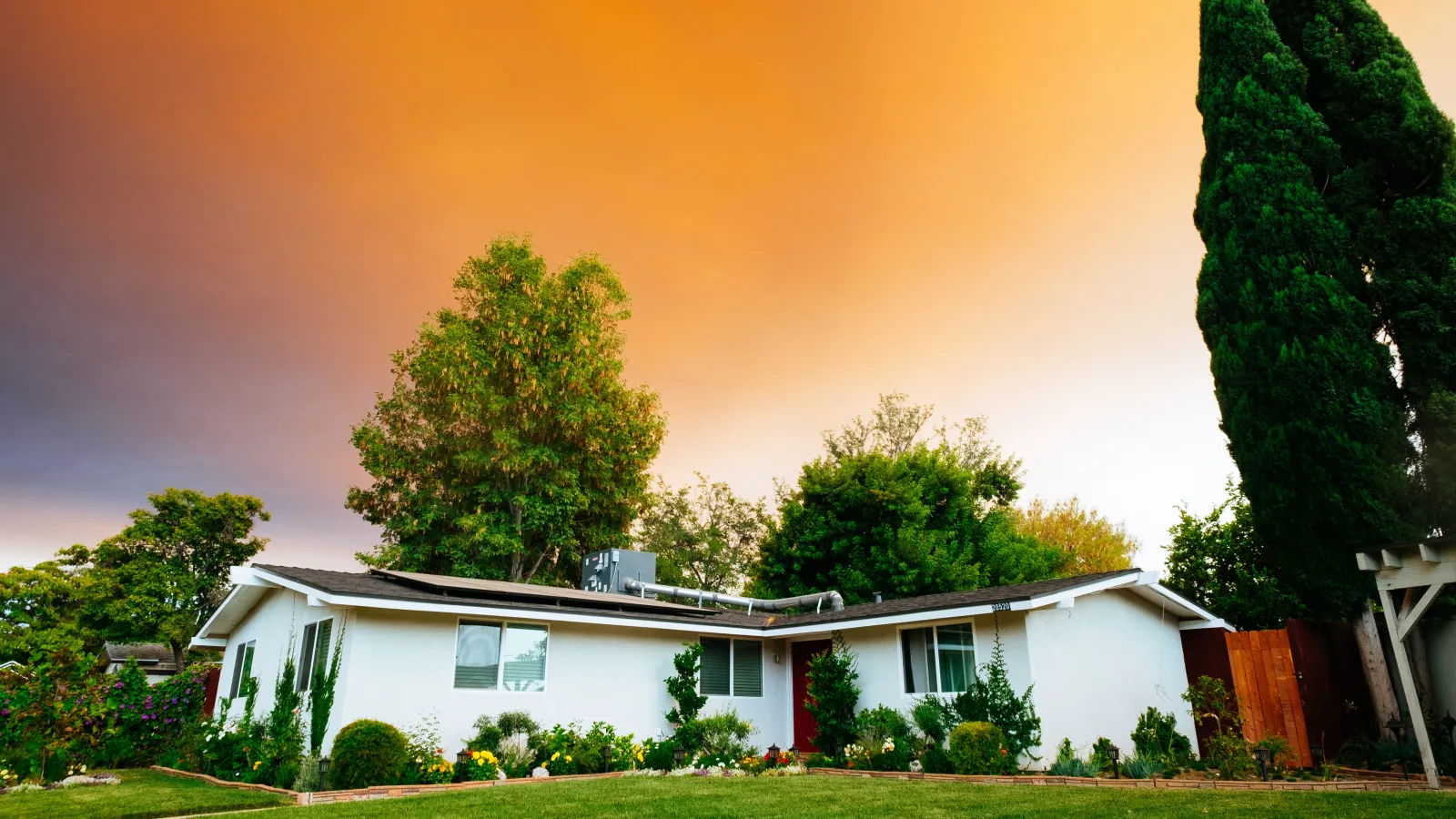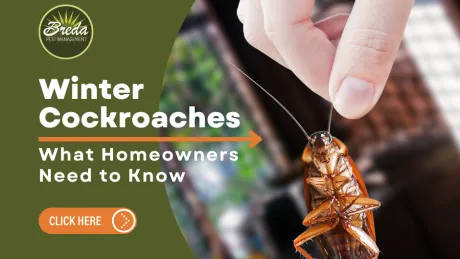Attic restoration is the process of repairing damage to your attic after a wildlife infestation. Animals such as bats, squirrels, mice, or rats can wreak havoc in your attic space, causing damage to your home and posing a risk for disease if left unchecked.
However, full attic restoration is more than just removing the pests and their droppings. Special care must be taken to remove all matter left by the pest, down to the microscopic bacteria. Restoration may be covered by insurance, but the coverage and cost will vary based on the severity of the damage, so the sooner everything can be repaired, the better.
Here are some of the top things to know about attic restoration:
Why Should You Restore Your Attic
Removing the pest itself is only part of the solution. When pests make a home in your attic, they inhabit it the same way they would in the great outdoors. That means that they leave behind fecal matter, urine, and oil from fur.
Animal droppings and urine can spread bacteria, which can damage the home by causing a growth in spores and mold. These bodily fluids will also spread bacteria that can cause numerous diseases, endangering you and your family as the homeowner.
The oils that rub off from animal fur can do a great deal of damage to wood. This means that, when animals such as rodents bore holes in the attic to get in and out, the oil that rubs off as they climb in and out of their holes can threaten the integrity of your attic. Worse, these oils contain pheromones that can attract even more pests.
If that wasn't enough, any animal that makes its way into your home can bring its own pests and parasites with it, such as ticks and fleas. These parasites can be just as dangerous to humans as the animal itself.
Due to the high potential for damage to your home and the spread of disease, it is essential to remove all residue from any pests and leave no trace that they were ever there.
The Process
- First, the smaller droppings are removed. Smaller feces are removed with a filter vacuum, but larger feces must be picked up by hand.
- If the droppings have gotten into the insulation, the insulation may need to be removed and replaced depending on the concentration.
- Because the vacuum is not powerful enough to remove larger droppings, these and other debris left by animals must be removed by hand. This is common for raccoons and possums.
- Nesting materials, such as sticks and leaves, are removed, as they are often teeming with parasites.
- Finally, the process of attic fogging begins. Attic fogging involves using a machine that sprays a fine mist throughout the attic. The mist contains a solution that breaks down bacteria brought in by the pest and left from urine, feces, and oils. Attic fogging is important not only to pick up matter missed by a vacuum, but also to sanitize the insulation and structure of the attic. Often, pests tunnel within the insulation, so simply picking up matter found on top of the insulation is not sufficient to restore your attic, especially if the insulation does not need to be replaced.
Equipment Used
Attic restoration involves a vacuum, an electric mist machine with a chemical solution designed to break down bacteria and spores, and safety equipment such as a biohazard suit, rubber gloves, and protective HEPA filter mask.
Can You Just Remove the Matter Yourself?
You can, but it is not recommended. Here are a few reasons why:
- Professionals know how to properly dispose of waste and effectively sanitize the attic space without risking exposure.
- A professional company already owns the necessary equipment for attic restoration. The equipment is more advanced and more effective than average household cleaning products.
- Professional companies use safety procedures to ensure the safety of their employees and those within the home that may not be known to you. They have expertise on how to handle and dispose of biohazards safely.
- An animal living in your attic can do significant damage in as little as a week. A professional will know what structural damage has actually been done, and what steps need to be taken to repair it. For example, if the insulation needs to be replaced, a professional will know exactly how much needs to be replaced and what can be restored.
Want more helpful information on how to deal with wildlife infestation? Download our free guide: The Ultimate Guide To Wildlife Infestation.



